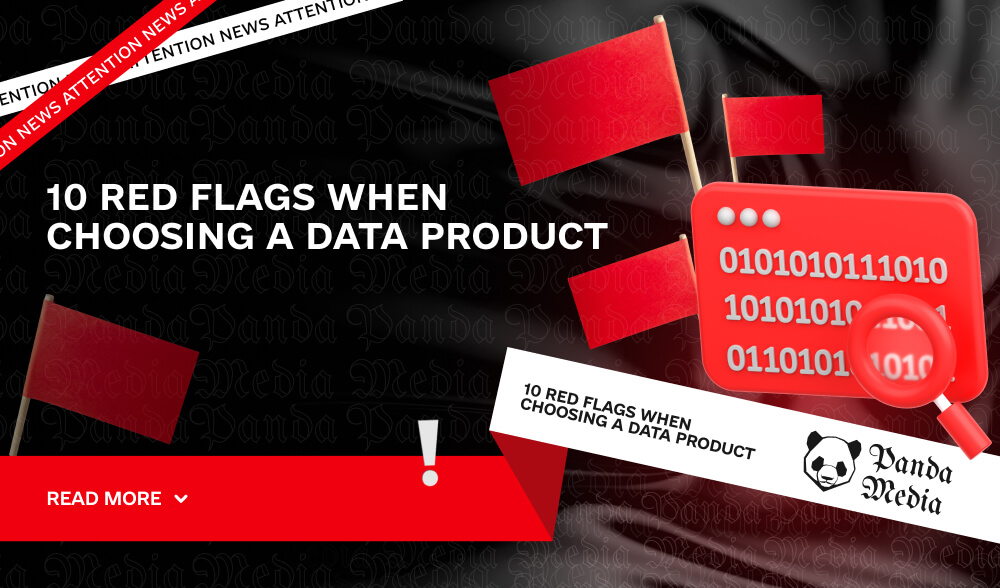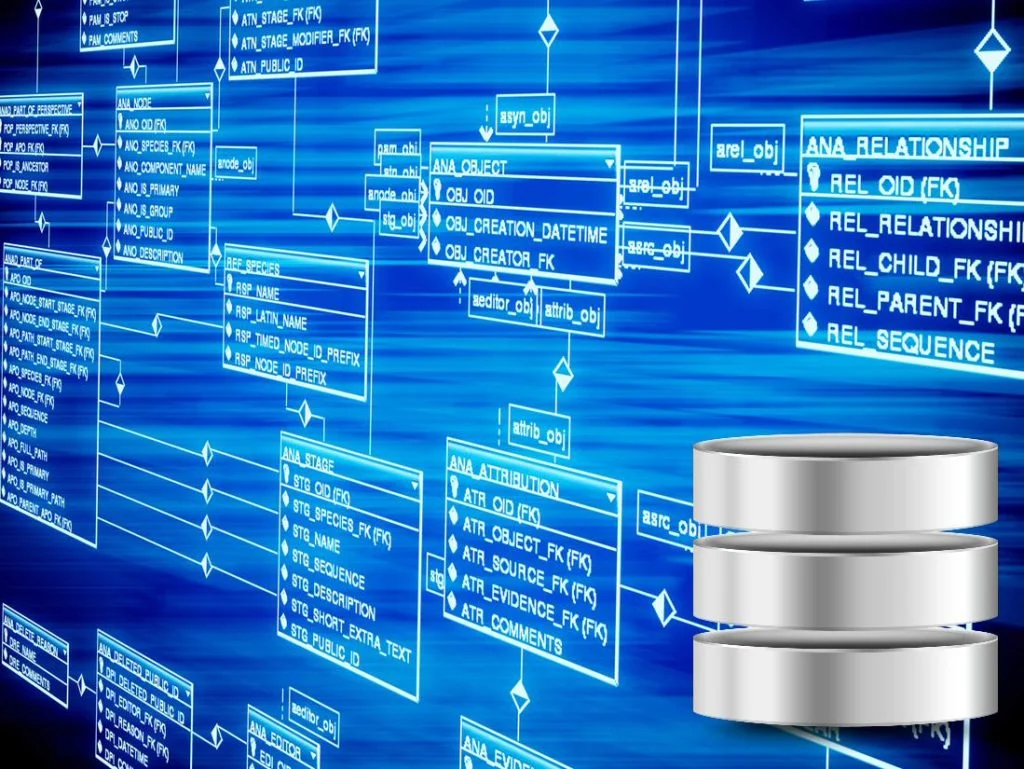Don't miss interesting news

A huge number of new technological products regularly appear on the global market. Sometimes, along with mature solutions, you can see quite “raw” options. Let’s figure out how to choose a working software that will not cause any difficulties.

Data storage and processing products are based on various database management systems. They not only fulfill the standard tasks of building corporate data warehouses, but also adapt to specific business tasks in various industries.
For example, retailers use them to analyze customer behavior and manage supply chains; industry uses them to monitor production processes and quality control; and the financial sector uses them to assess risks and ensure transaction security.
When companies start working with large amounts of data, there is a need for powerful tools to manage and analyze it effectively. Here are ten signs that may indicate potential problems when choosing a data product.
If a product has few successful cases, especially in your industry, it may suggest that the vendor is not very confident in its expertise. For example, a solution that works well in retail may not work at all in industry without serious customization. And even if there are several cases in your field, pay attention to their number and how long they have been used. One pilot project is not a guarantee that the product will really work.
How to protect yourself: Ask the vendor for examples of implementation that really matter. Better yet, organize visits to companies in your industry that can tell you how they’re doing with the product.
If the cost of the product and additional costs become clear only during the discussion, this can result in serious cost overruns. If everything looks unclear or has shaky wording at the stage of a commercial offer, this is a wake-up call. And when you start to clarify the details, unpleasant surprises with costs can surface. That’s why it’s important to have a clear picture of the price of the product and all services from the very beginning.
How to protect yourself: Ask the vendor for a breakdown of the commercial offer. If they cannot clearly explain the price, it is unlikely that they will clarify this issue in the course of further cooperation.

If the product was created by the company’s internal team for its own tasks, there is a risk that your needs may not be fully or partially met by this solution. Developers may focus on internal tasks, leaving your requests in the background. This can lead to delays and poor quality of tasks, and the product development roadmap will not always take your interests into account.
How to protect yourself: Carefully read the terms of the contract. It should clearly specify functional and technical requirements for the product, as well as the terms of their implementation. It is also worth checking whether the company has external customers and getting feedback from them about cooperation with the developer.
When a vendor does not have a developed partner network, it can complicate the integration of the solution. This situation leads to a limited choice of integrators, complicates tender procedures, and delays project implementation. In the future, if you need to change the integrator, it can also become a real challenge.
How to protect yourself: Find out whether the vendor has a partner network, how many companies are part of it, and what reputation they have in the market. This will help you assess how easy it will be to integrate the solution.
If the system security is confirmed only by verbal assurances from the vendor, you risk getting into an awkward situation, especially when it comes to critical data. In such cases, it is important to have official documents.
How to protect yourself: check if the product is included in all important registries.
Using little-known or outdated technologies can create problems with finding cool specialists. If the solution is based on such a technology, it will be difficult to find those who can work with it, and the prices for such specialists are often “outer space”. Even if you manage to fill the vacancies, be prepared for the fact that the costs of maintaining and developing the solution can grow dramatically.
Tip – In addition to financial rewards, it is important to provide employees with interesting tasks and opportunities for development. If this is not the case, there is a high probability that they will simply get bored and decide to leave the team.
How to protect yourself: To avoid staffing shortages and become dependent on your own IT team, pay attention to the popularity of the technology behind the solution when choosing a solution.
Before making a decision, research the labor market: ask colleagues who have already implemented similar products how long it takes them to close vacancies. It’s also worth checking whether there are enough training courses for the technology you’re interested in. This will help make sure that finding specialists won’t be a problem.
Every business wants to grow and develop, and the same goes for the technologies you use. It’s important to remember that over time, you may need new tools and features to do even better things with your data. If there is no proper ecosystem, it can be difficult to integrate new solutions and adapt to changes.
Ref: A product ecosystem is essentially a set of solutions and tools that complement each other and can be easily integrated into a project if the need arises. This allows you to quickly adapt to new challenges and expand functionality without any problems.
Thus, cooperation with vendors that do not have or have a poorly developed ecosystem can create serious problems when scaling projects. Integration of new components from other vendors can lead to incompatibilities and support difficulties.
How to protect yourself: Pay attention to whether the vendor has other products that can be useful for scaling your data work. It is also important to find out how these products are integrated with each other and whether the vendor has a roadmap for ecosystem development. This will help you avoid unforeseen situations in the future.

If technical support is not enshrined in an SLA (service level agreement), you may only find out about the terms and conditions when the problem has already occurred. This can lead to unpleasant surprises when the response time or resolution of issues does not meet your expectations. Round-the-clock support, for example, is essential for many companies.
How to protect yourself: Sign an SLA that clearly states all the conditions of technical support, as well as penalties for failure to comply with them. Make sure that the vendor has sufficient resources and infrastructure to provide technical support to external customers and is able to scale the team in case of customer growth.
Some vendors are not ready to invest in training courses or are not able to share their experience with customers. In situations where products are not accompanied by training courses, their development can be a complex and time-consuming process. Users have to learn all the nuances of the solution on their own, which can lead to mistakes and loss of time.
How to protect yourself: Having a training center and a proven course program for all vendor products will help your team adapt to the new tool faster and understand its features, which will ensure more efficient use.
Popular solutions are usually accompanied by active communities where users can find answers to their questions and get support from others. Developers actively share their experience in such communities, which not only simplifies the work with the product, but also motivates employees to stay involved in its use.
How to protect yourself: Study the technologies on which the product is based. Consult with your developers or engage external experts to assess the activity and development of the community. This will help you understand how much support is available and how effectively you can interact with other users.
When choosing a data product, it is important to consider many factors to avoid future problems. A careful analysis of implementation cases, popularity of technologies, availability of a partner network, cost transparency, and other aspects will greatly facilitate the decision-making process and help you find the best option for your company.